- Planting and pot selection
- Pot selection
- Planting process
- Positioning
- Watering
- Watering and fertilizing
- Watering
- Fertilizing
- Pruning and deadheading
- Pruning
- Deadheading
- Light and temperature requirements
- Pest and disease control
- Pest control
- Disease control
- Choosing the right soil
- Key considerations when choosing soil:
- Amending the soil:
- Container size and placement
- Container size
- Placement
- Propagation and repotting
- Q&A:
- How often should I water pelargoniums?
- Do pelargoniums require a lot of sunlight?
- How should I fertilize my pelargoniums?
- Can pelargoniums be grown indoors?
- How do I prune pelargoniums?
- Video: Geranium Rozanne: 6 Reasons to Plant This Special Long Blooming Perennial
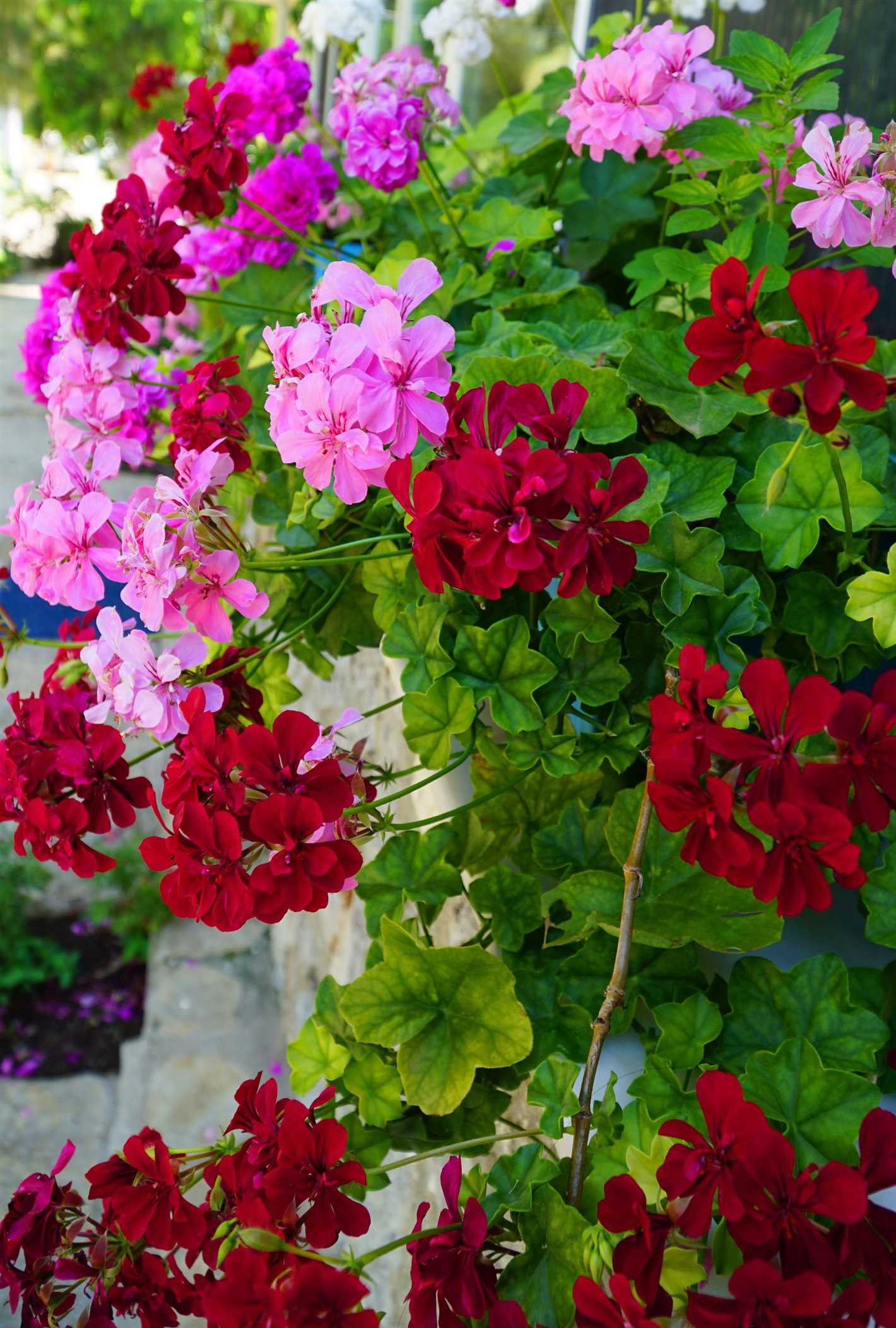
If you want to enjoy the beauty of pelargoniums in your garden or on your balcony all summer long, it is important to provide them with the right maintenance conditions. Pelargoniums are beautiful flowering plants that require care and attention to ensure continuous blooming. In this article, we will share some tips on how to keep your pelargoniums in full bloom throughout the season.
1. Adequate sunlight: Pelargoniums need at least 6 hours of direct sunlight each day to thrive and produce abundant flowers. Make sure to place them in a sunny spot, such as a south-facing window or a balcony where they can receive ample sunlight.
2. Well-drained soil: Pelargoniums prefer well-drained soil that is rich in organic matter. Ensure that the soil you use for planting is loose and drains well. If necessary, you can improve the drainage by adding perlite or sand to the soil.
3. Regular watering: Pelargoniums should be watered regularly, but avoid overwatering as it can lead to root rot. Water the plants when the top inch of the soil feels dry to the touch. Water thoroughly, allowing the excess water to drain out of the bottom of the pot.
4. Deadheading: Deadheading is the process of removing spent flowers to encourage new blooms. Regularly remove faded flowers by pinching them off at the base of the stem. This will stimulate the plant to produce new flowers and extend the blooming period.
5. Fertilization: Pelargoniums benefit from regular fertilization to promote continuous flowering. Use a balanced liquid fertilizer once a month during the growing season. Follow the instructions on the fertilizer package for the proper dilution and application.
By following these maintenance tips, you can ensure that your pelargoniums stay healthy and vibrant, providing you with a stunning display of flowers throughout the summer. Enjoy the beauty and fragrance of these delightful plants!
Planting and pot selection
When planting pelargoniums for continuous flowering, it is important to choose the right pot and provide the right conditions for the plants.
Pot selection
- Choose a pot with good drainage to prevent waterlogging and root rot.
- A pot with a diameter of about 8-12 inches is suitable for most varieties of pelargoniums.
- Make sure the pot has enough depth for the roots to grow and spread.
Planting process
- Fill the pot with a well-draining potting mix.
- Make a hole in the center of the potting mix, deep enough to accommodate the root ball of the pelargonium.
- Remove the plant from its nursery container and gently loosen the roots.
- Place the root ball into the hole and fill the gaps with more potting mix, firming it gently to secure the plant.
Positioning
Pelargoniums prefer a sunny location with at least 6-8 hours of direct sunlight per day. Choose a spot that is sheltered from strong winds.
Watering
Water the pelargoniums thoroughly after planting and then allow the top inch of soil to dry out before watering again. Overwatering can lead to root rot, so be careful not to water too frequently.
Watering and fertilizing
Proper watering and fertilizing are essential for the continuous flowering of pelargoniums. Here are some tips to keep them healthy:
Watering
- Water pelargoniums thoroughly, ensuring the soil is evenly moist.
- Avoid over-watering, as it can lead to root rot. Allow the soil to dry slightly between waterings.
- Water the plants at the base, rather than over the leaves, to prevent diseases.
- Water in the morning to allow the foliage to dry before nightfall, reducing the risk of fungal infections.
Fertilizing
- Use a balanced, slow-release fertilizer specifically formulated for pelargoniums.
- Fertilize every 4-6 weeks during the growing season (spring and summer).
- Follow the instructions on the fertilizer package for the correct dosage.
- Avoid over-fertilizing, as it can result in excessive vegetative growth at the expense of flowering.
- Apply fertilizer to moist soil and water well afterwards to prevent root burn.
By following these watering and fertilizing tips, you can ensure that your pelargoniums remain healthy and continuously produce beautiful flowers.
Pruning and deadheading
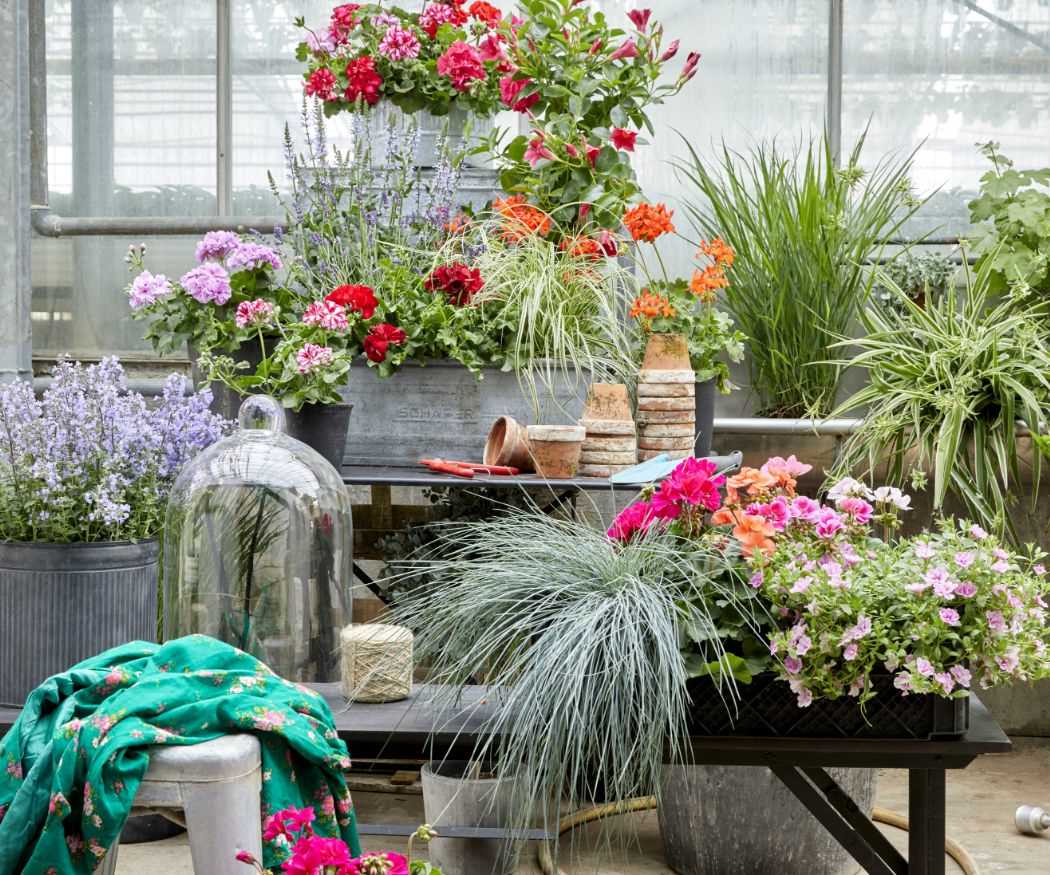

Pruning and deadheading are important maintenance tasks that help to promote continuous flowering and maintain the overall health and shape of pelargonium plants.
Pruning
- Regular pruning is crucial for keeping pelargoniums tidy and promoting new growth.
- It is recommended to prune pelargoniums in early spring or late winter before the new growing season begins.
- Start by removing any dead, damaged, or diseased stems and leaves. This will help prevent the spread of disease and improve the appearance of the plant.
- Next, trim back the remaining stems to promote bushier growth. Cut just above a leaf node, which is where new growth will emerge.
- Make clean cuts with sharp sterilized pruning shears to prevent any damage or disease spread.
Deadheading
- Deadheading is the process of removing spent flowers from the plant. This encourages pelargoniums to produce more blooms and prolongs the flowering period.
- Regular deadheading is especially important for pelargoniums, as they tend to have long flowering seasons.
- To deadhead, simply pinch or cut off the faded flowers just above a leaf node. This will stimulate new growth and prevent the plant from putting energy into producing seeds.
- Be sure to remove any flower stalks or seed heads that may have formed after the flower has faded.
By regularly pruning and deadheading your pelargoniums, you can help them maintain a compact and bushy shape, while also encouraging continuous flowering throughout the growing season.
Light and temperature requirements
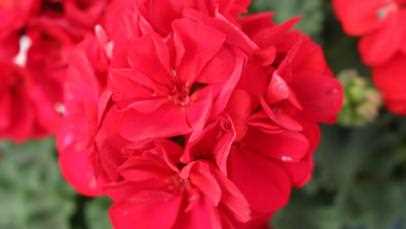

Pelargoniums require a sufficient amount of light to bloom continuously. They prefer to be placed in a location where they can receive at least 6-8 hours of direct sunlight each day. However, they can tolerate some shade during the hottest part of the day.
When it comes to temperature, pelargoniums prefer moderate to warm conditions. They are native to South Africa, where they thrive in temperatures ranging from 65°F to 75°F (18°C to 24°C) during the day. At night, they can tolerate temperatures as low as 45°F (7°C), but they prefer to be kept above 50°F (10°C).
Extreme temperature fluctuations can negatively impact the blooming of pelargoniums. Avoid placing them in drafty areas or near air conditioning units or radiators. Maintaining a consistent temperature is important for their growth and continuous flowering.
If you live in a climate with harsh winters, it is advisable to move your pelargoniums indoors or into a greenhouse before the first frost. This will help them survive the cold and continue blooming throughout the winter months.
In summary, providing pelargoniums with ample sunlight and maintaining a moderate temperature range will help ensure continuous blooming and keep them happy and healthy.
Pest and disease control
Pest control
- Aphids: The most common pests that affect pelargoniums are aphids. These small insects feed on the sap of the plants, causing damage to the leaves and flowers. Regularly check the plants for aphids and manually remove them by spraying with a strong stream of water or using an insecticidal soap.
- Caterpillars: Caterpillars can also infest pelargoniums and eat away at the leaves and flowers. Inspect the plants regularly and handpick any caterpillars that are found. Alternatively, use an organic insecticide specifically designed to target caterpillars.
- Whiteflies: Whiteflies can be a problem for pelargoniums, especially when grown indoors. These small, white insects will swarm around the plants and feed on their sap. Use yellow sticky traps to attract and trap the whiteflies, or apply an insecticidal soap to control their population.
Disease control
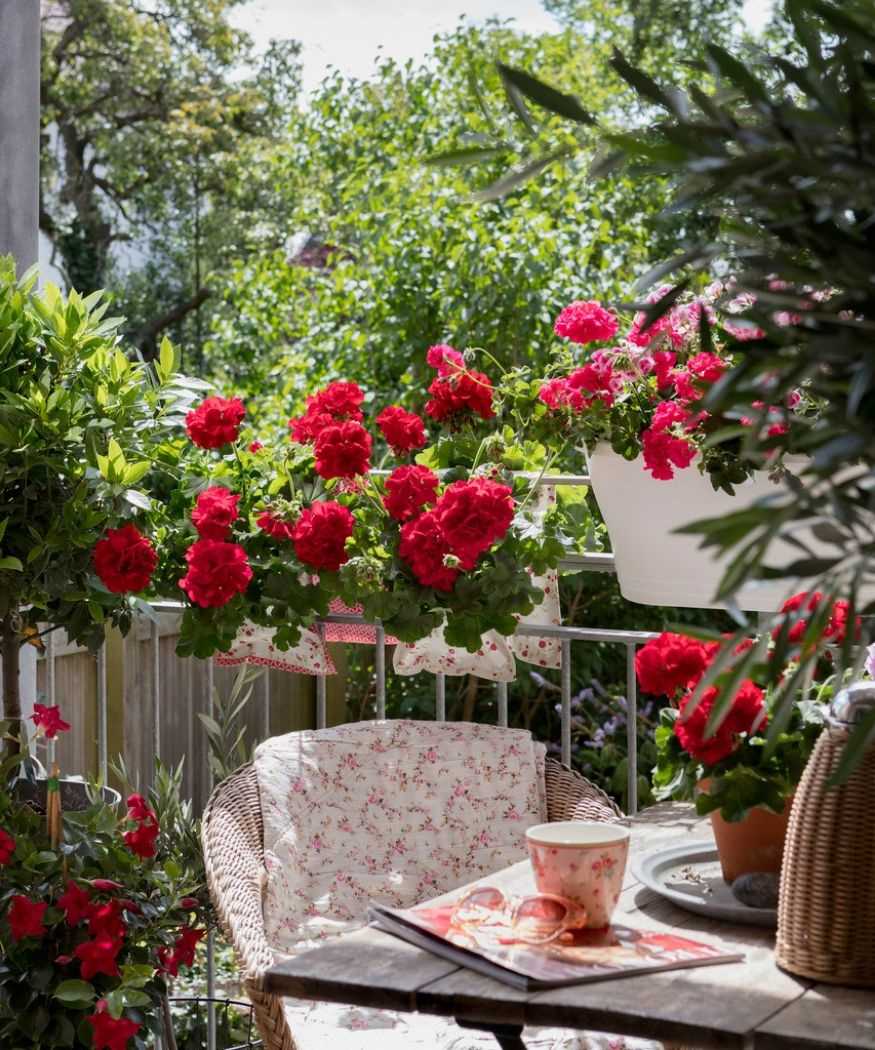

Pelargoniums can be vulnerable to various diseases, but with proper care, they can be kept in good health.
- Botrytis blight: Botrytis blight is a fungal disease that affects the flowers and leaves of pelargoniums, causing them to become discolored and develop grayish-brown spots. To prevent this disease, avoid overhead watering and ensure good air circulation around the plants. Remove any infected plant material and apply a fungicide if necessary.
- Leaf spot: Leaf spot is another common fungal disease that affects the leaves of pelargoniums. Infected leaves will develop brown spots with yellow halos. To prevent leaf spot, avoid overhead watering and remove any infected leaves. Apply a fungicide if necessary.
- Root rot: Root rot is a common problem for pelargoniums, especially when the soil is consistently wet. To prevent root rot, ensure proper drainage and avoid overwatering. If root rot is already present, remove the affected plants and replant them in fresh, well-draining soil.
Regularly inspecting your pelargoniums for pests and diseases, providing them with proper care and maintenance, and taking appropriate action at the first sign of a problem will help to ensure continuous flowering and healthy plants.
Choosing the right soil
In order to ensure continuous flowering of pelargoniums, it is important to choose the right soil for planting. The soil should provide the necessary nutrients and drainage for the plants to thrive.
When selecting soil for pelargoniums, it is recommended to choose a well-draining mix that is specifically formulated for container gardening. This type of soil will allow excess water to drain away easily, preventing waterlogged conditions that can lead to root rot.
It is also important to consider the pH level of the soil. Pelargoniums prefer slightly acidic to neutral soil, with a pH range of 6.0 to 7.0. Testing the soil’s pH level can be done using a home soil testing kit or by sending a sample to a laboratory for analysis.
Key considerations when choosing soil:
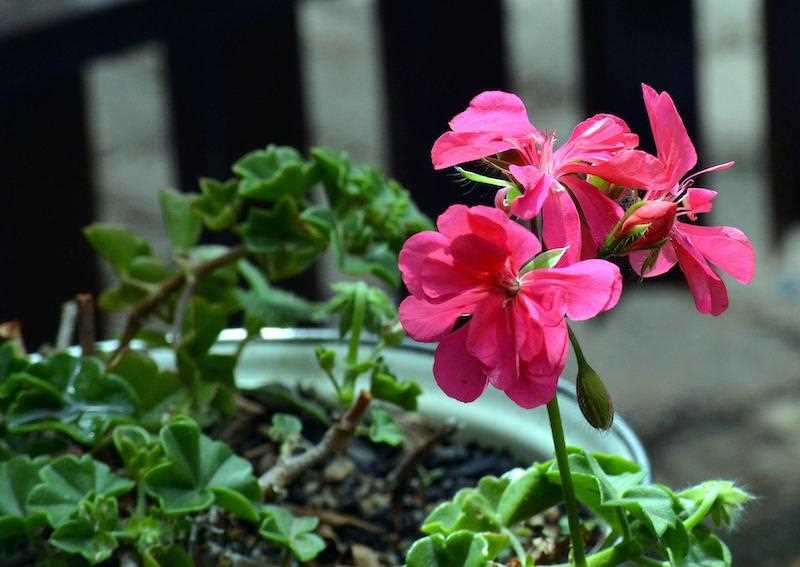

- Well-draining mix specifically formulated for container gardening
- Slightly acidic to neutral pH level (6.0 to 7.0)
- Avoid heavy clay or sandy soils
Avoid using heavy clay or sandy soils, as they may retain too much or drain too quickly the moisture, respectively, which can negatively impact the growth and flowering of the pelargoniums.
Amending the soil:
If the chosen soil does not meet the necessary requirements, it can be amended to improve its drainage and pH level. Adding organic matter, such as compost or well-rotted manure, can improve the soil’s structure and drainage capabilities. If the pH level is too low, lime can be added to raise it, while sulfur can be added to lower a pH that is too high.
| Factor | Requirement |
|---|---|
| Drainage | Well-draining |
| pH level | 6.0 to 7.0 (slightly acidic to neutral) |
| Soil type | Avoid heavy clay or sandy soils |
By choosing the right soil and ensuring proper drainage and pH levels, you can provide the ideal growing conditions for pelargoniums, promoting continuous flowering and overall plant health.
Container size and placement
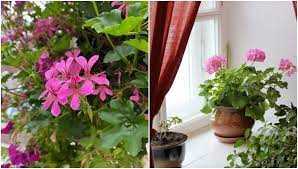

Choosing the right container size and placement for your pelargoniums is crucial for their continuous flowering. Here are some factors to consider:
Container size
- Select a container that is large enough to accommodate the roots of the pelargoniums. A container with a diameter of at least 12 inches (30 cm) is generally recommended.
- Ensure that the container has drainage holes at the bottom to prevent waterlogging and root rot.
- Using a container that is too small can restrict root growth and lead to stunted plants and limited flowering.
Placement
- Place the container in an area that receives at least 6 hours of direct sunlight per day. Pelargoniums thrive in full sun conditions.
- Avoid placing the container in areas with extreme temperature fluctuations or strong winds, as these can stress the plants and affect flowering.
- Ensure proper air circulation around the plants to prevent diseases and encourage healthy growth.
- If growing pelargoniums indoors, place them near a sunny window or provide artificial light to supplement sunlight.
By selecting the right container size and placement, you can create optimal growing conditions for your pelargoniums, resulting in continuous and abundant flowering.
Propagation and repotting
Propagating pelargoniums can be done through stem cuttings. To propagate, choose healthy stems with at least three sets of leaves. Cut the stem just below a leaf node, and remove the leaves from the bottom two sets. Dip the cut end in a rooting hormone and plant it in a well-draining potting mix. Keep the soil consistently moist and place the cutting in a warm, bright location with indirect sunlight. Roots should begin to form in a few weeks, at which point the cutting can be repotted into its own container.
When repotting pelargoniums, choose a pot that is slightly larger than the current one, as these plants prefer to be slightly root-bound. Use a well-draining potting mix that is specifically formulated for container plants. Gently remove the plant from its current pot, taking care not to damage the roots. Place the plant in the new pot, ensuring that it is positioned at the same depth as it was previously. Fill in the gaps with the potting mix, firming it gently around the roots. Water the plant thoroughly after repotting to settle the soil.
Regular repotting is not necessary for pelargoniums, as they prefer to be slightly root-bound. However, if the plant becomes severely root-bound or is showing signs of decline, it may be necessary to repot into a larger container with fresh potting mix. Repotting should be done in the spring, before the plant begins its active growth period.
It’s important to note that pelargoniums can be sensitive to overwatering and should be watered sparingly. Allow the top inch of soil to dry out before watering, and be sure to use a well-draining potting mix to prevent waterlogged roots.
- Propagate pelargoniums through stem cuttings by selecting healthy stems with at least three sets of leaves
- Remove the leaves from the bottom two sets of the stem and dip the cut end in rooting hormone
- Plant the cutting in a well-draining potting mix and keep the soil consistently moist
- Place the cutting in a warm, bright location with indirect sunlight
- Repot pelargoniums into a slightly larger pot using a well-draining potting mix specifically formulated for container plants
- Ensure the plant is positioned at the same depth as it was previously and water thoroughly after repotting
- Regularly check for signs of decline or severe root-binding and repot if necessary
- Water pelargoniums sparingly, allowing the top inch of soil to dry out before watering
Q&A:
How often should I water pelargoniums?
Pelargoniums should typically be watered when the top inch of soil feels dry. This usually translates to about once every 7-10 days. However, it is important to adjust watering frequency based on the specific needs of your plant and the conditions in your environment.
Do pelargoniums require a lot of sunlight?
Yes, pelargoniums thrive in bright sunlight. They require at least 6 hours of direct sunlight each day to ensure continuous flowering. If they don’t receive enough sunlight, they may become leggy and produce fewer flowers.
How should I fertilize my pelargoniums?
Pelargoniums should be fertilized regularly during the growing season, typically from spring to fall. You can use a balanced, water-soluble fertilizer and apply it according to the package instructions. It is important not to over-fertilize, as this can lead to excessive foliage growth and reduced flowering.
Can pelargoniums be grown indoors?
Yes, pelargoniums can be grown indoors as long as they receive sufficient sunlight. Choose a sunny window or provide artificial lighting to ensure they get the required amount of light. It is also important to provide proper air circulation and avoid overwatering to prevent fungal diseases.
How do I prune pelargoniums?
Pelargoniums benefit from regular pruning to promote bushier growth and continuous flowering. You can pinch back the tips of the stems to encourage branching, or you can cut back the stems by one-third to one-half their length. Pruning should be done in early spring or after the main flowering period.
Video:
Geranium Rozanne: 6 Reasons to Plant This Special Long Blooming Perennial







